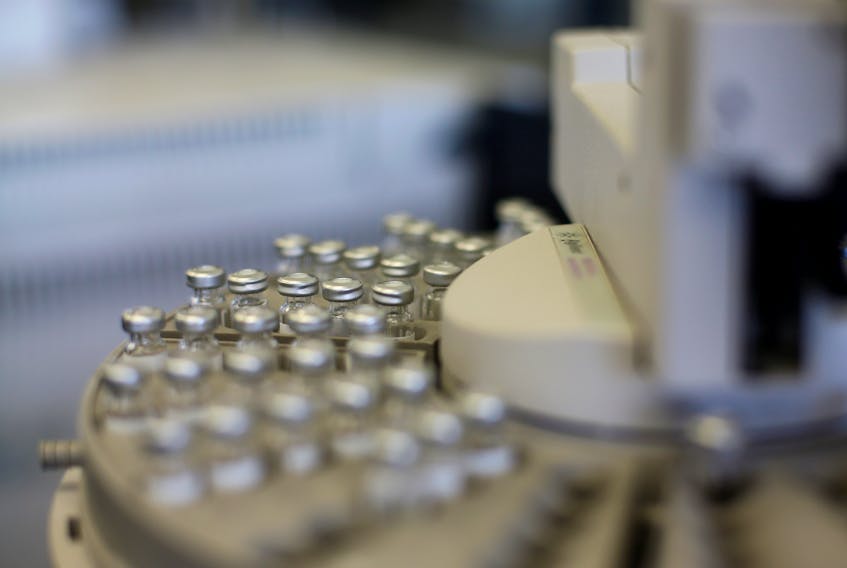By Greg Stutchbury
WELLINGTON (Reuters) - Researchers at New Zealand's Otago University are hailing a "breakthrough" in the fight against drug cheats with a non-targeted test for designer steroids which they hope can be deployed in time for the 2022 Winter Olympics.
Professor Alison Heather, who led the development of the test, said it would detect designer anabolic steroids before anti-doping authorities were aware they even existed.
"It's a breakthrough in that it's a non-targeted test, so we don't need to know the structure for what we're fishing for in order to be able to detect a designer anabolic steroid," Heather told Reuters by telephone from Dunedin.
Heather said she first considered developing the test in 2004 when she started researching the use of tetrohydogestrinone (THG), the drug developed by the BALCO laboratory in San Francisco nicknamed "The Clear".
American sprinter Marion Jones was one of many high-profile athletes who ultimately admitted to using it.
Heather said that drug had been used by athletes for some seven years before testers were even aware it existed.
"We called it a designer steroid because it had a structure that nobody knew about," she said.
"If nobody knows about it, there's no fingerprint for mass spectrometry so it goes undetected. Since then I was thinking that we need a non-targeted test."
The new test did not search for specific markers but focussed on detecting changes at the cellular level.
"All anabolic steroids ... activate a common pathway inside the cell so I have exploited that pathway to build the test," she said.
"If they want to have an anabolic effect in their body they have to activate the cellular pathway and our test will pick up any drug that activates that anabolic pathway.
"So for once we're on a level footing. We don't need to wait for somebody to have some anomaly in their blood work saying, 'hey they're taking something but we don't know what it is' to find it. We can see that there is something there."
'RAPID TESTING'
Heather said designer steroids were still being developed and sold over the Internet, despite the widespread implementation of biological passports in elite sport.
The test would show any anomalies in that passport, which is a profile of biological markers that detect changes over time as athletes undergo regular in- and out-of-competition testing.
At this stage, the test samples still needed to be analysed in laboratories but results will be known within four hours, she said.
Her ultimate goal was to have "rapid testing" capability where results can be produced within minutes of a test being taken.
Heather added she had developed the test alongside one for the horse racing industry and the equine tests would be rolled out to labs by October, with human testing kits just "months behind".
She has already been in touch with scientists at the World Anti-Doping Agency (WADA) about the test and would shortly be in a position to discuss how it could be rolled out with the regulatory side of the watchdog.
"In the next 12 months we hope to be selling the products to medical laboratories," she said.
"But 2022, for Beijing and the Commonwealth Games, is when we hope to see them in use in competition."
(Editing by Peter Rutherford)









